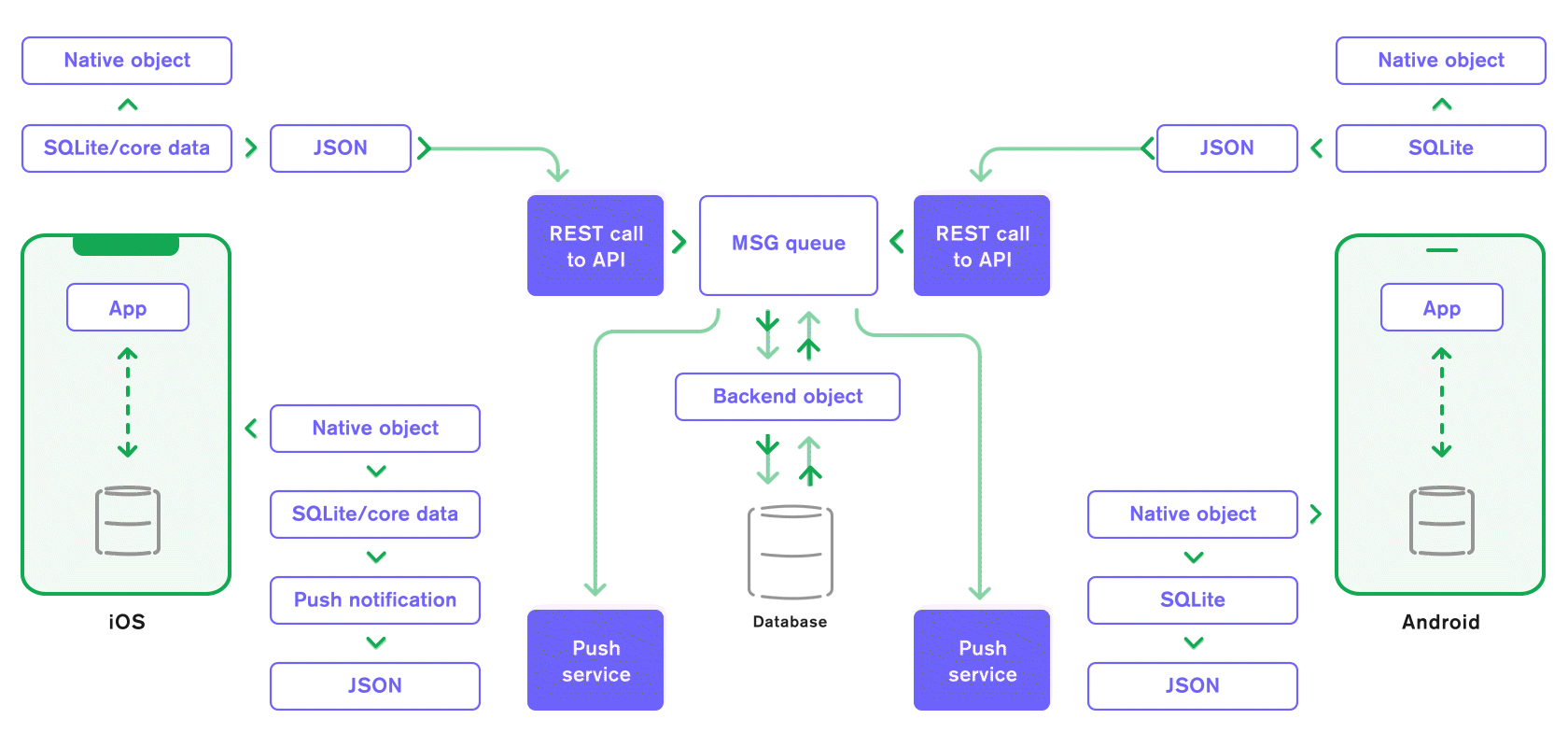
MongoDB Realm Sync is GA
Feb. 2, 2021 — In a blog post today, Katherine Maughan, Senior Product Marketing Manager at MongoDB, discussed the now-available public beta version of MongoDB Realm Sync, a tool for app developers who need to move data between a local client and the cloud. The post is included in part below.
Every mobile developer wants to build an app that users will love – meaning you want to build apps that work for users regardless of signal strength, that react to changes in data in real time, and that won’t drain your user’s battery life or use excessive amounts of data.
In June, we released MongoDB Realm, a set of integrated application development services that makes it possible for anyone to build a great app – whether you’re a solo developer working to stand up your idea, or part of a larger team shipping your latest release. As part of this, we announced a public beta for MongoDB Realm Sync, which makes it easier for you to keep data in sync across users, devices, and your back end, even when devices aren’t always online.
We’re excited to share that as of today, Realm Sync is now Generally Available (GA). We believe Realm Sync offers a best-in-class solution for offline-first app developers, who need to move data between a local client and the cloud.
With the Realm Sync service, we’ve significantly reduced the code you need to write, while also reducing the complexity of your app architecture. Crucially, we’ve done it while making sure everything is built to optimize for battery power, CPU, and bandwidth.
As a developer, you no longer need to write (or maintain) thousands of lines of complex conflict resolution and networking code. Realm Sync handles that for you, making it simple to move data between the local Realm Mobile Database and MongoDB Atlas on the back end. You can build features faster, reduce bugs, deliver a better user experience – and do it all without having to worry about standing up or scaling servers.
Click here for the full post.
Source: MongoDB




























